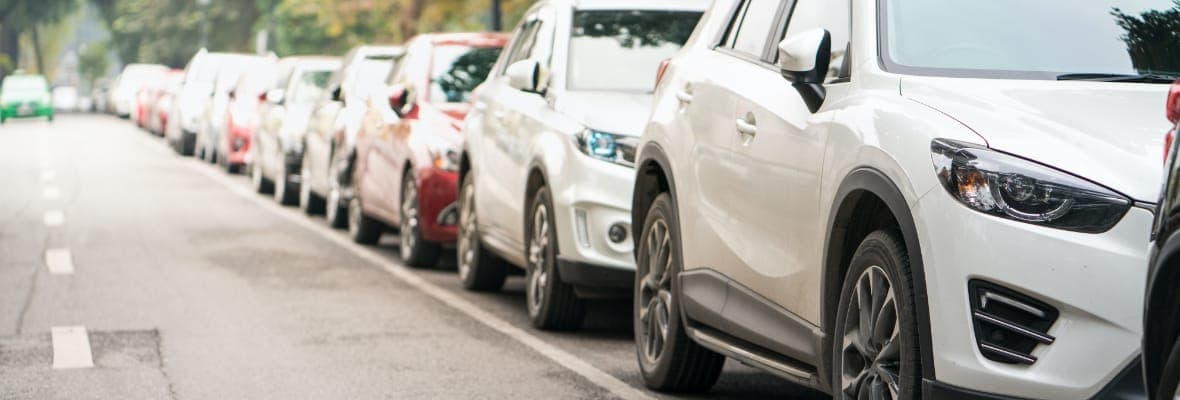Related articles
- 9 road safety tips for your teen learner driver
- Distracted driving facts
- 5 simple ways to make your car safer
- How to Safely Share the Road With Non-Motorists
- 9 tips for staying safe in service stations
- Child Car Seat Laws And Regulations
- How to reduce the risks to children of reversing cars
- Licensing of older drivers in Australia
- The must have car safety features in modern cars
- What cars have ISOFIX in Australia
- ANCAP safety ratings explained
- How to Avoid or Minimise Hail Damage to Your Car
- School road safety tips for families
- Staying safe in your car
- Using mirrors correctly to eliminate blind spots
- How to choose, install & adjust your children’s car seats
- Driving safety tips
- Give way rules - Who goes first?
- Sharing the Road Safely With Heavy Vehicles
- Do you know your road signs?
- What to do after a car accident
- What To Do in Event of a Crash with Wildlife
- How to drive safely in wet weather
- Why are young drivers considered high risk?
- Which Australian state has the strictest road rules?
- 10 Obscure road rules you didn’t know existed in Australia
- Which states and cities in Australia have the most motor vehicle thefts?
- Learner Driver Restrictions Australia
- Learning How to Drive
- Supervising a Learner Driver: What are the rules?
- Electric Scooter Laws in Australia
- School Road Safety for Kids
Disclaimer: This information is general in nature only. While Budget Direct has endeavoured to ensure the information we’ve relied on is accurate and current, we do not guarantee it. Budget Direct accepts no liability for this information.
Whether you’re a seasoned driver or a learner doing a driving test, a reverse park can be a difficult manoeuvre to pull off. While drivers are sometimes able to drive forwards into a parking space parallel to the kerb, usually the only way they can park safely is to reverse into the spot.
Each state and territory has parking rules, including ones for parallel parking. For example, in Queensland, the driver must position the vehicle at least 1m from the closest point of any vehicle in front and behind it when you parallel park [1].
However, it does appear that many of us still struggle. According to the fleet manager for the Queensland Government, QFleet, “reversing [including reverse parking] is one of the largest [reasons for] motor vehicle insurance claims”.
But reverse parking doesn’t have to be intimidating. Once mastered, it’s as straightforward a driving manoeuvre as any other. And as tricky as they may be, knowing how to reverse both parallel to the kerb and on an angle are essential skills if you want to get a driver’s licence.
Reverse parallel vs reverse angle parking
Similar to reverse parallel parking, reverse angle parking involves reversing into a parking space. The difference is that the former is parallel to the kerb while the latter is at an angle.
In some places, the angle is aligned with the direction cars approach the parking space, allowing you to drive into them forwards — easy. In other places, drivers are required to reverse angle park — drive slightly past the space, indicate, and then back into the space.
This is said to improve safety as drivers have an unobstructed view of traffic when leaving the space, reducing the risk of collisions with pedestrians, cyclists, and vehicles.
Angle parking spaces are usually found on streets that are wide enough to have room left for traffic to pass.
How to reverse parallel park
Here’s our step-by-step guide to reverse parallel parking:
Step 1
Find a space that you can safely get your car into.
You want the space to be at least 1.5 times the length of your car. If it looks too small, assume it is.
Step 2
Slow down, indicate left, check your left blind spot, and pull up alongside the car you are parking behind. Find out about using car mirrors correctly to eliminate blind spots.
Step 3
When you pull up alongside the car you’re parking behind, make sure there’s about one meter between that car and yours.
Step 4
Position your car so that the left (passenger-side) mirror is in line with the right (driver-side) mirror of the car next to you.
Step 5
Shift your car into reverse gear and check all mirrors and blind spots.
Step 6
Turn the steering wheel anti-clockwise, and slowly begin to reverse your car.
While reversing, continue to check your car’s left (passenger-side) mirror and its front-left corner — to ensure you’re keeping a safe distance between your car and the one next to you.
Step 7
Continue reversing at an angle until your rear tyre (the one nearest the kerb) is roughly 30cm away from the kerb and the back of your car is roughly 30cm from the front of the car behind you.
(If your tyre hits the kerb, it means you’ve gone too far. If this happens, put the car back into drive or first gear, move forward a few feet, and try again.)
As you finish reversing in, turn your steering wheel clockwise to straighten your front wheels.
Step 8
Finally, inch forward (making sure your front wheels are straight) to complete the parallel park.
How to reverse angle park
As these three simple steps show, this kind of parking is easier than reverse parallel parking. Here’s how to do it:
Step 1
Find an empty car parking space and start indicating left.
Step 2
Drive just past the empty space and stop.
Step 3
Put your car into reverse, check your blind spots, and slowly back into the empty space, using your rear-view mirrors or side windows to see the parking-bay lines.
Some more tips
The more you reverse parking, the more competent and confident you’ll become. Good places to practice are empty car parks, quiet suburban streets and in the comfort of your own driveway (beware of small children).
The RMS recommends learning to reverse parallel park behind one car first. When it becomes easier, you can try parking between two.
Know your car. Has it got a big boot? Prominent bumpers? Is it compact and small, or long and wide? Being aware of your car’s dimensions will help you assess whether a parking space is big enough and how much leeway you have when reversing next to other cars.
Also, don’t be nervous about holding up the cars behind you. It’s always better to calmly take your time than to rush and end up clipping someone else’s car or mounting the kerb. And make sure you’re especially careful in busy car parks around hazards like concrete pylons, shopping trolleys, and distracted pedestrians.
Sources
[1] Queensland Government, 2021, Transport Operations (Road Use Management – Road Rules) Regulation 2009
Related articles
- 9 road safety tips for your teen learner driver
- Distracted driving facts
- 5 simple ways to make your car safer
- How to Safely Share the Road With Non-Motorists
- 9 tips for staying safe in service stations
- Child Car Seat Laws And Regulations
- How to reduce the risks to children of reversing cars
- Licensing of older drivers in Australia
- The must have car safety features in modern cars
- What cars have ISOFIX in Australia
- ANCAP safety ratings explained
- How to Avoid or Minimise Hail Damage to Your Car
- School road safety tips for families
- Staying safe in your car
- Using mirrors correctly to eliminate blind spots
- How to choose, install & adjust your children’s car seats
- Driving safety tips
- Give way rules - Who goes first?
- Sharing the Road Safely With Heavy Vehicles
- Do you know your road signs?
- What to do after a car accident
- What To Do in Event of a Crash with Wildlife
- How to drive safely in wet weather
- Why are young drivers considered high risk?
- Which Australian state has the strictest road rules?
- 10 Obscure road rules you didn’t know existed in Australia
- Which states and cities in Australia have the most motor vehicle thefts?
- Learner Driver Restrictions Australia
- Learning How to Drive
- Supervising a Learner Driver: What are the rules?
- Electric Scooter Laws in Australia
- School Road Safety for Kids



